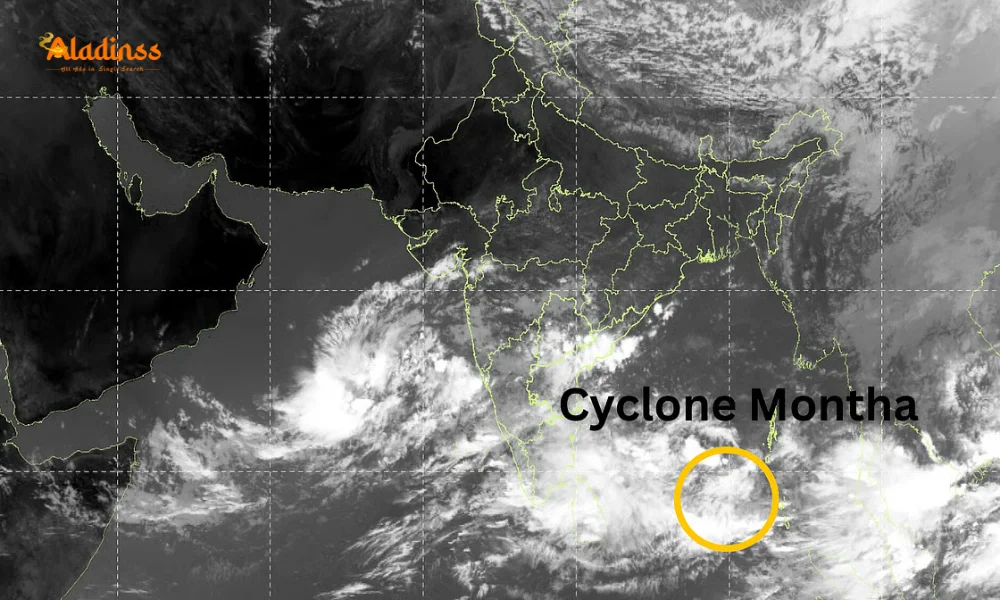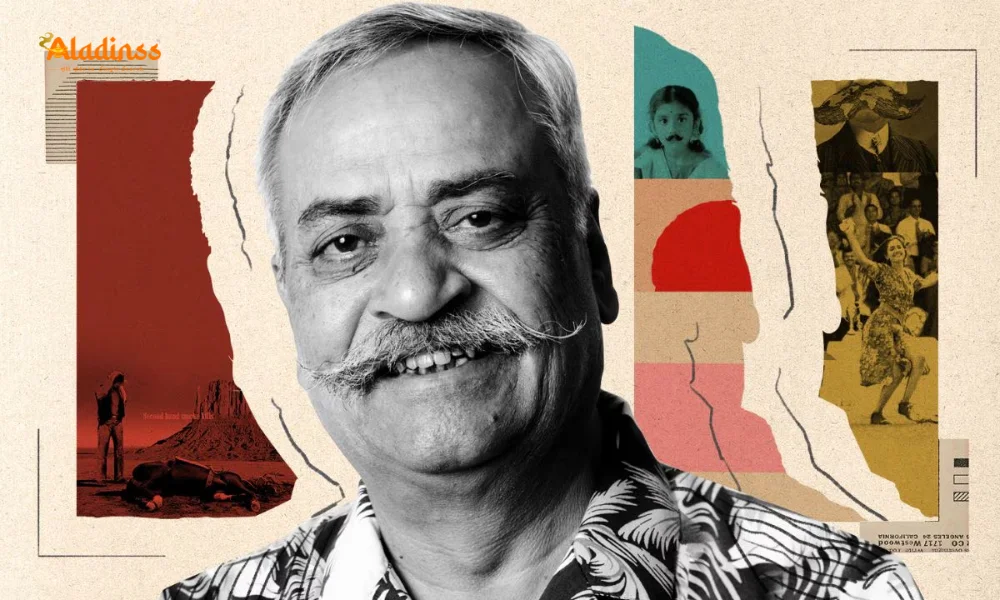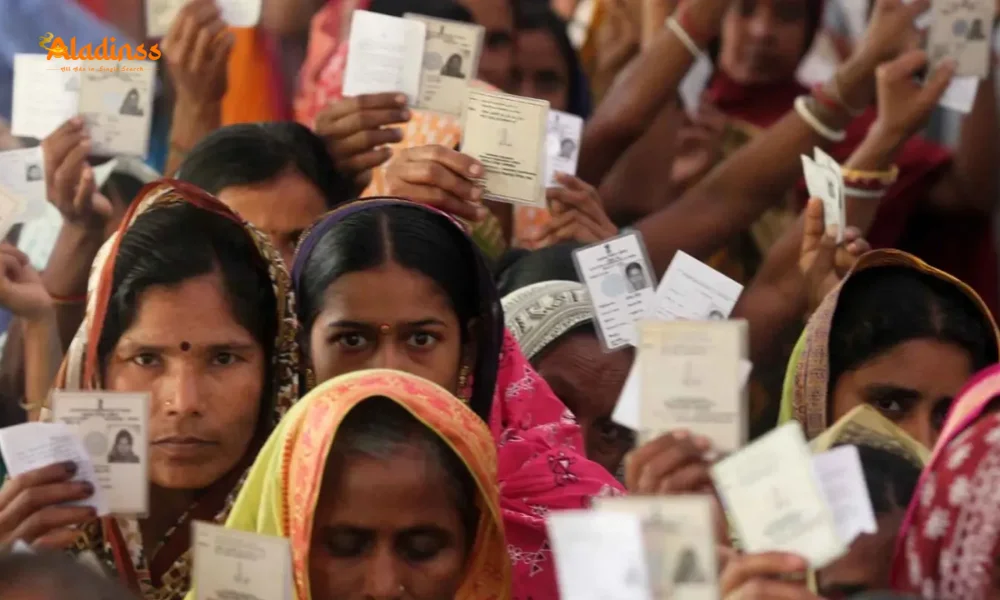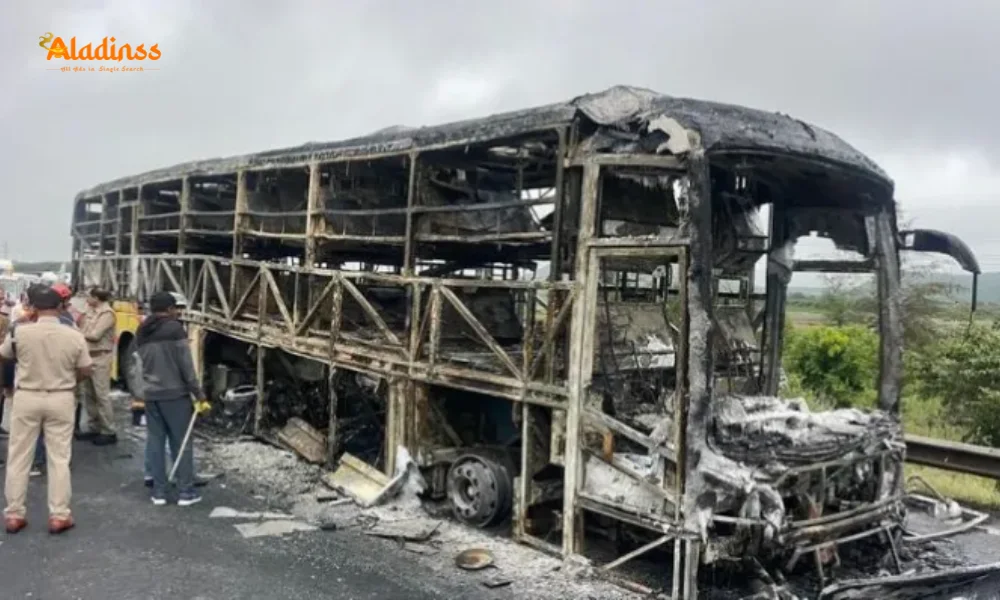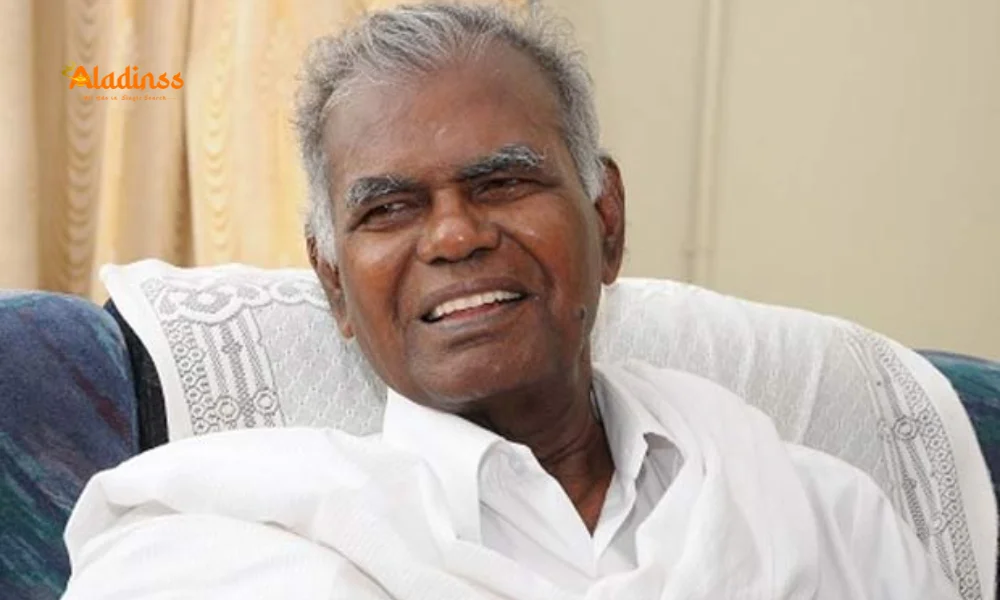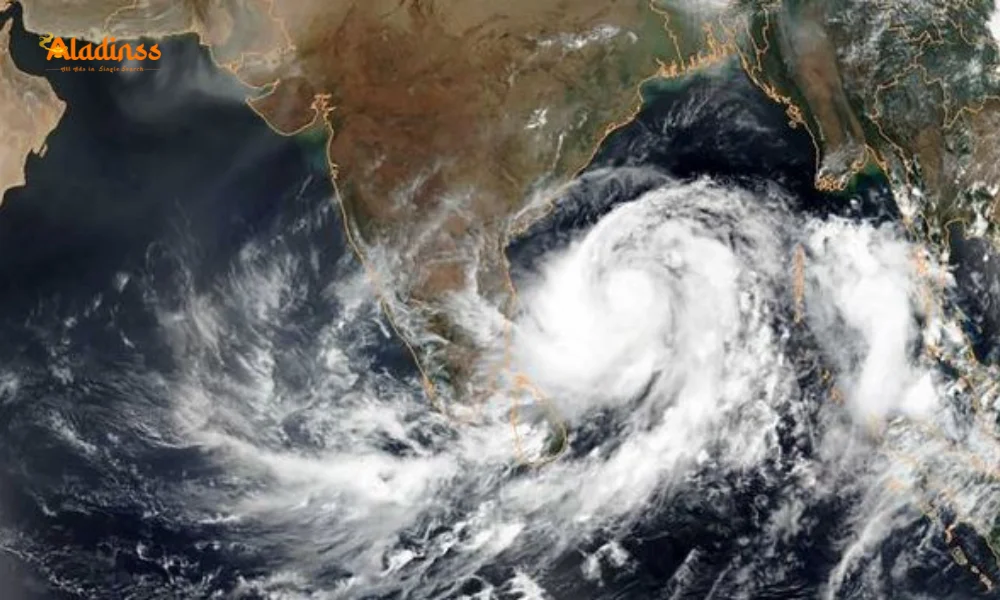Delhi Deploys Artificial Rain in Bold Move to Tackle Severe Air Pollution
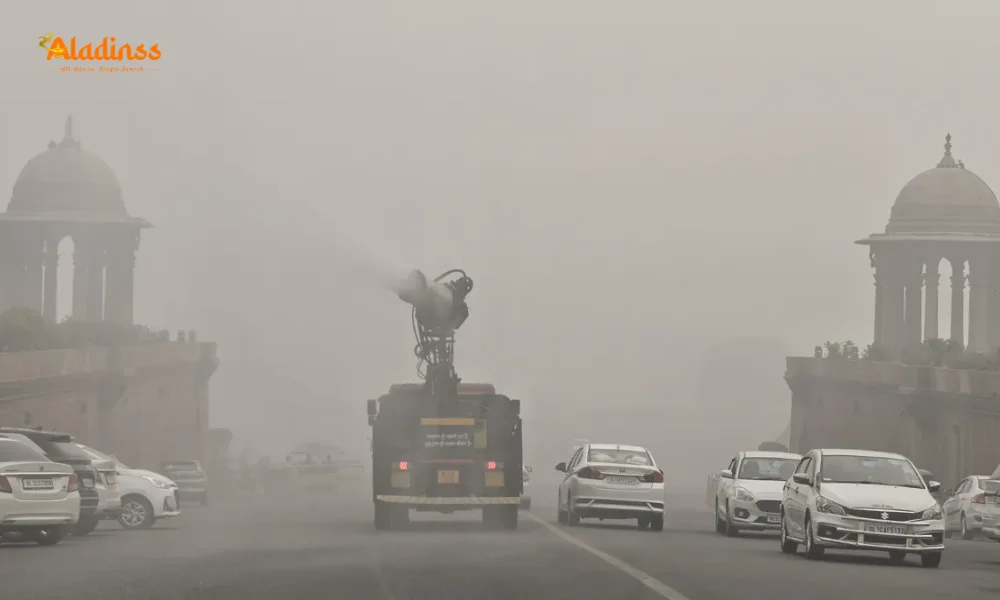
Delhi Battles Severe Air Pollution Post-Diwali, Artificial Rain Planned
New Delhi is grappling with alarming air pollution levels following the vibrant Diwali celebrations on October 20, 2025, with the Air Quality Index (AQI) soaring to hazardous levels in multiple areas. According to the Central Pollution Control Board (CPCB), the capital’s air quality has deteriorated significantly, with readings ranging from ‘poor’ to ‘severe’ across key monitoring stations. This worsening air quality has raised urgent concerns about public health and environmental sustainability, prompting the Delhi government to explore innovative solutions like artificial rain to combat the crisis.
At Anand Vihar, one of Delhi’s most polluted hotspots, the AQI reached a staggering 402 on October 24, 2025, firmly in the ‘severe’ category. This figure, while slightly lower than Thursday’s reading of 429, underscores the persistent challenge of air pollution in the capital. Other areas, such as RK Puram and ITO, recorded AQIs of 316, falling into the ‘very poor’ category, while Dwarka Sector 8 reported a ‘poor’ AQI of 292. Near AIIMS, the AQI stood at 295, also in the ‘poor’ range, highlighting the widespread nature of the pollution crisis.
Understanding Delhi’s Air Quality Index
The CPCB classifies AQI into six categories: ‘good’ (0–50), ‘satisfactory’ (51–100), ‘moderate’ (101–200), ‘poor’ (201–300), ‘very poor’ (301–400), and ‘severe’ (401–500). An AQI above 300 poses significant health risks, particularly for vulnerable groups such as children, the elderly, and those with respiratory conditions. The current AQI levels in Delhi signal an urgent need for action to mitigate pollution and protect public health. Factors contributing to the poor air quality include vehicular emissions, industrial activities, construction dust, and post-Diwali firecracker use, which release harmful particulate matter (PM2.5 and PM10) into the atmosphere.
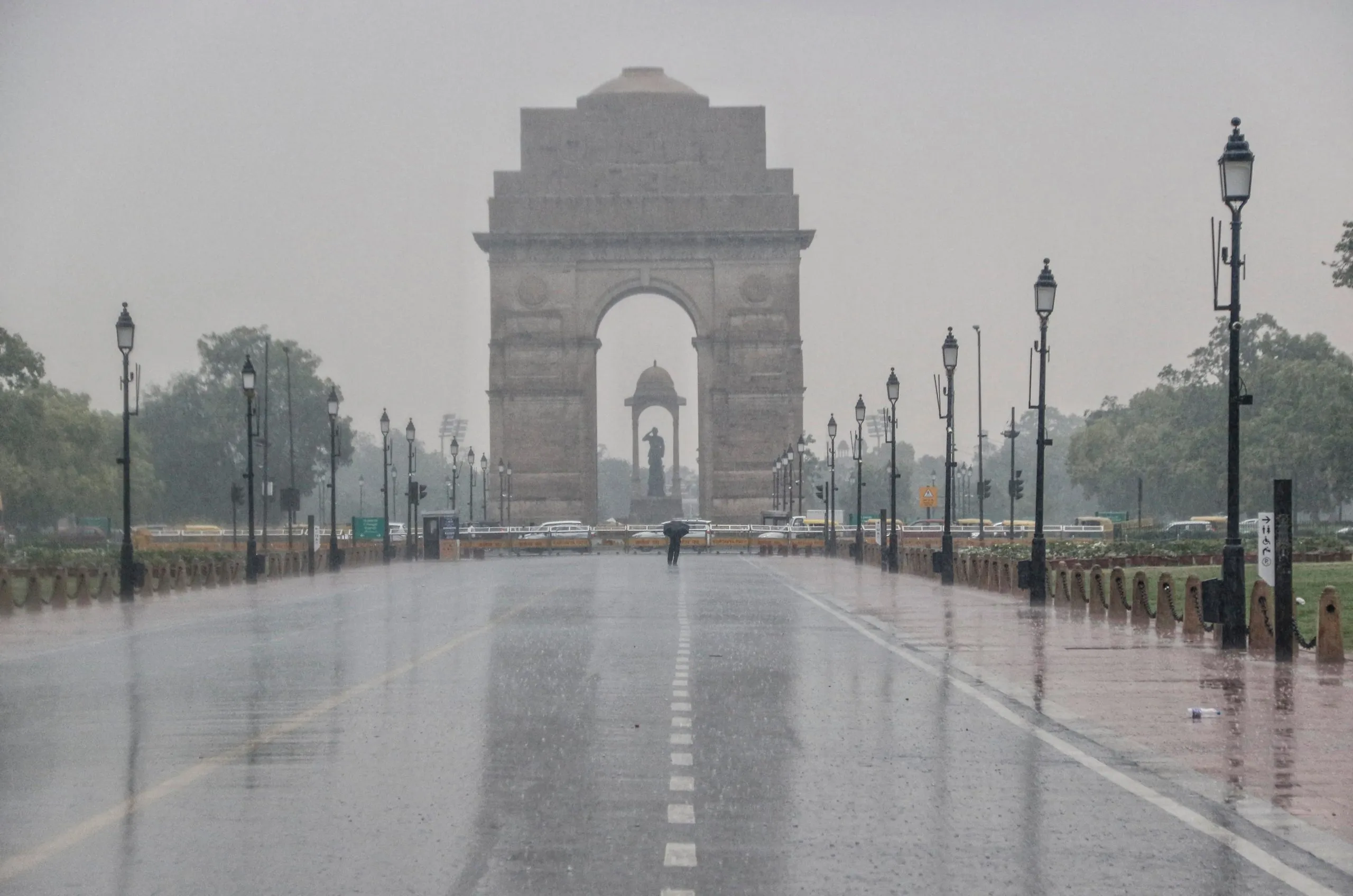
Artificial Rain: A Novel Solution to Combat Pollution
In a groundbreaking move, the Delhi government has announced plans to induce artificial rain through cloud seeding to address the escalating air pollution crisis. Chief Minister Rekha Gupta revealed that preparations for this innovative initiative are complete, with a trial cloud-seeding flight successfully conducted from IIT Kanpur to Delhi. The weather department has identified October 28–30, 2025, as potential dates for cloud presence, with October 29 earmarked as the likely date for the first artificial rain if conditions remain favorable.
“This is a historic step toward combating Delhi’s air pollution,” Gupta stated on X. “The successful trial in Burari marks a significant milestone in establishing a scientific method to improve air quality and create a balanced environment.” Cloud seeding involves dispersing substances like silver iodide into clouds to stimulate rainfall, which can help wash away pollutants and reduce PM2.5 levels in the atmosphere. This initiative is seen as a potential game-changer in Delhi’s fight against air pollution.
Health Impacts of Poor Air Quality
The ‘severe’ and ‘very poor’ AQI levels in Delhi pose serious health risks, including respiratory issues, eye irritation, and aggravated conditions like asthma and bronchitis. Prolonged exposure to high levels of PM2.5 can lead to cardiovascular diseases and reduced lung function. Experts recommend that residents, especially in areas like Anand Vihar and ITO, wear masks, limit outdoor activities, and use air purifiers to minimize exposure to harmful pollutants.
The post-Diwali spike in pollution is attributed to firecracker use, which releases toxic chemicals and particulate matter into the air. Despite awareness campaigns and restrictions, firecracker usage during Diwali continues to exacerbate Delhi’s air quality issues, pushing AQI levels into dangerous territory. The Delhi government’s push for artificial rain reflects a proactive approach to tackling this annual challenge.
Challenges and Future Outlook
While artificial rain offers hope, experts caution that it is not a long-term solution to Delhi’s air pollution crisis. Cloud seeding depends on favorable weather conditions, and its effectiveness in significantly reducing pollution levels remains under study. Additionally, the process is expensive and requires precise coordination between meteorological and environmental agencies. The Delhi government is also exploring complementary measures, such as stricter vehicle emission norms, promoting electric vehicles, and enhancing public transportation to reduce pollution sources.
Residents are urged to adopt sustainable practices, such as carpooling, using public transport, and avoiding open burning of waste, to contribute to cleaner air. The success of initiatives like artificial rain could pave the way for innovative environmental solutions across other Indian cities facing similar pollution challenges. As Delhi prepares for its first cloud-seeding experiment, all eyes are on October 29, 2025, to see if this bold move can deliver cleaner air for the capital’s residents.
In the meantime, the Delhi government continues to monitor AQI levels closely, with real-time data from the CPCB providing critical insights into the city’s air quality. Public awareness campaigns are also being intensified to educate residents about the health risks of air pollution and the importance of collective action in combating this crisis. With a combination of innovative technology and community efforts, Delhi aims to breathe easier in the coming years.
Comment / Reply From
No comments yet. Be the first to comment!
